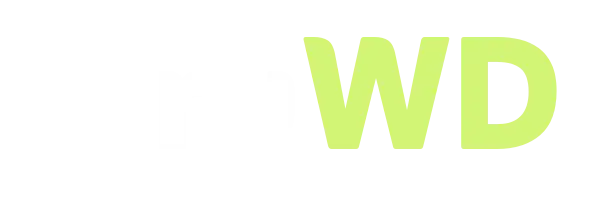TruWebDesign Guide: Internal Linking for SEO Success in 2024

TruWebDesign's Expert Guide: Internal Linking Best Practices for Supercharged SEO in 2024
At TruWebDesign, we’re passionate about helping businesses succeed online. That’s why we’re sharing our expert knowledge on one of the most crucial aspects of SEO: internal linking. In this comprehensive guide, we’ll walk you through the best practices for internal linking structure in 2024, helping you boost your website’s performance and visibility.
Understanding Internal Linking
Before diving into best practices, let’s quickly recap what we mean by internal structure. It’s the way pages on your website are interconnected through hyperlinks. This structure is essential for three main reasons:
- It guides users through your website
- It establishes an information hierarchy
- It distributes authority and ranking power throughout your site
Now, let’s explore the best practices for optimizing your website’s internal structure in 2024.
Create a Logical Site Architecture
The foundation of effective website organization is a well-structured site architecture. In 2024, search engines are more adept than ever at understanding context and relevance. Your site structure should reflect a clear hierarchy, with your homepage at the top, followed by category pages, and then individual posts or product pages.
Use Descriptive Text for Links
When creating connections between pages, use text that accurately describes the linked page’s content. Avoid generic phrases like “click here” or “read more.” Instead, use descriptive, keyword-rich text that gives both users and search engines a clear idea of what to expect on the linked page.
Prioritize Relevance
Connect pages that are genuinely related in content. In 2024, search engines are highly sophisticated in understanding context. Irrelevant connections can confuse both users and search engines, potentially harming your optimization efforts.
Balancing Your Internal Linking Distribution
Ensure that every important page on your site is accessible within three to four clicks from the homepage. This practice, known as “flattening” your site architecture, helps distribute authority more evenly and ensures that search engines can easily crawl all your important pages.
Enhancing Internal Linking with Breadcrumbs
Breadcrumbs are an excellent way to enhance your site’s internal structure. They provide clear navigational paths for users and help search engines understand your site’s hierarchy. In 2024, implementing schema markup for breadcrumbs can give you an extra edge in search results.
Implement a Hub and Spoke Model
Create comprehensive “hub” pages on broad topics, then link out to more specific “spoke” pages. This strategy helps establish topical authority and creates a natural, SEO-friendly structure.
Natural Internal Linking in Content
While it’s important to include internal connections, they should feel natural within your content. Forced or excessive linking can detract from the user experience and may be viewed negatively by search engines.
Auditing and Updating Internal Links
As your site grows, regularly review and update your internal architecture. Remove links to outdated content, fix broken links, and look for opportunities to connect to newer, relevant content.
Leverage Contextual Connections
Instead of relying solely on navigational links, incorporate more contextual links within your content. These provide additional value to readers and help search engines better understand the relationships between your pages.
Monitor Your Metrics
Use tools to analyze your site’s internal structure. Pay attention to metrics like the number of internal links pointing to each page, the distribution of links, and how authority flows through your site.
Conclusion
Optimizing your website’s internal structure in 2024 is about creating a logical, user-friendly site architecture that also helps search engines understand and rank your content. By following these best practices, you can enhance both the user experience and your site’s performance in search results.
Remember, internal organization is just one piece of the digital marketing puzzle. For a comprehensive strategy that covers all aspects of online presence, consider partnering with experts who can guide you through the complexities of modern web design and optimization.
At TruWebDesign, we’re passionate about creating websites that not only look great but also perform exceptionally well in search results. Our team stays up-to-date with the latest trends and best practices in web design and SEO, ensuring that every site we create is built on a solid foundation of optimal internal structure.
Whether you’re looking to revamp your existing site or create a new one from scratch, we’re here to help. Get in touch with us to learn more about how we can help you achieve your digital goals in 2024 and beyond.







